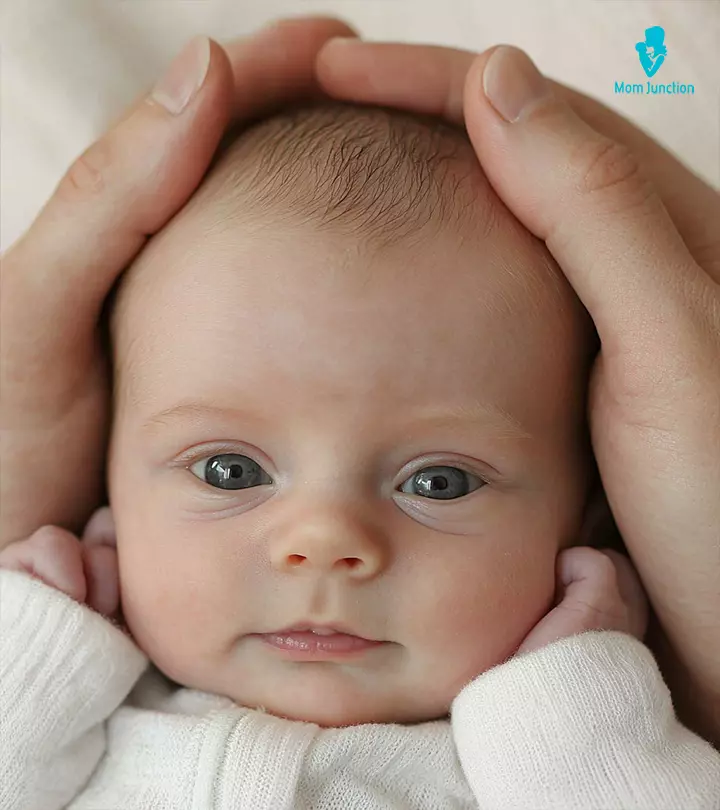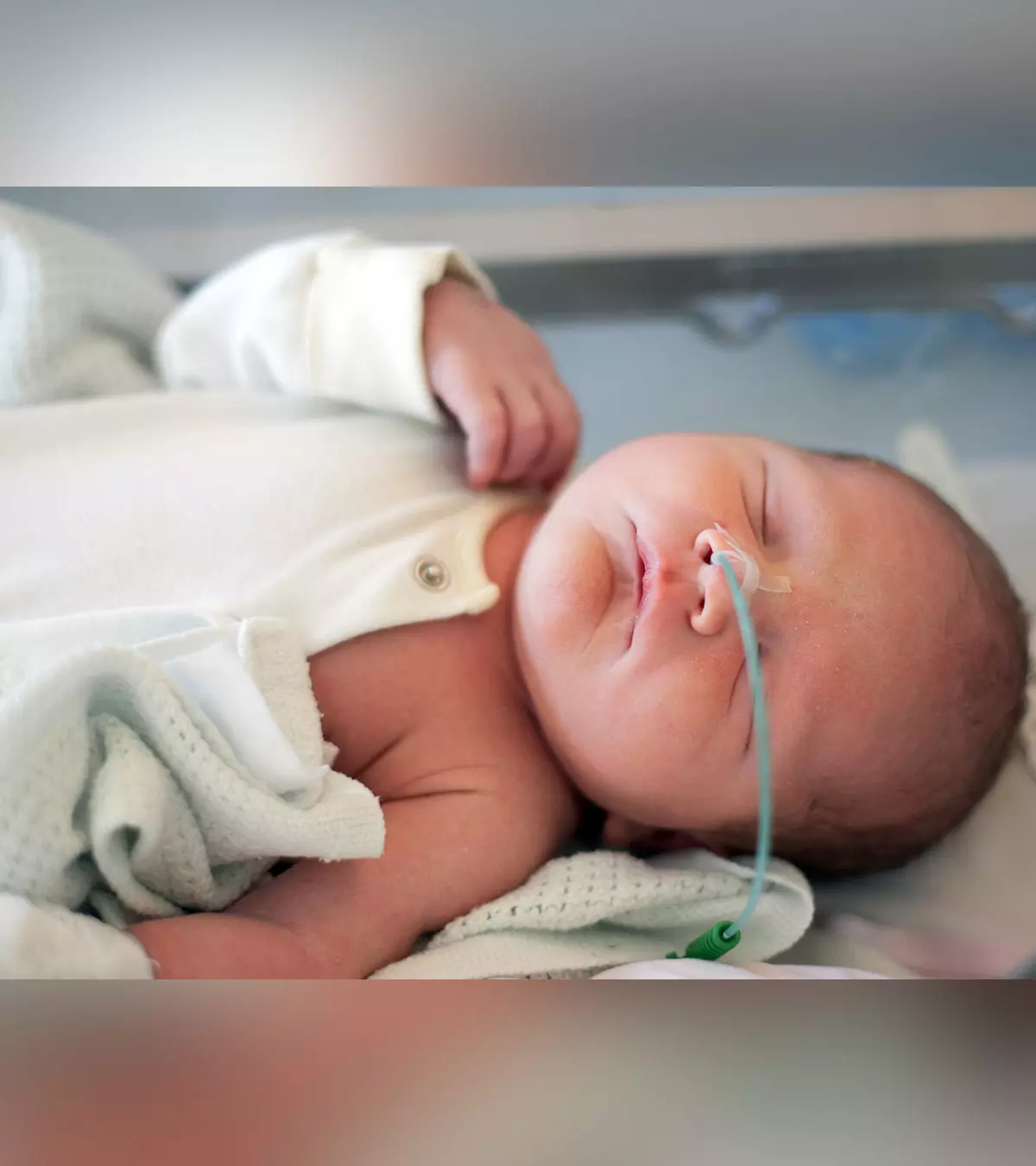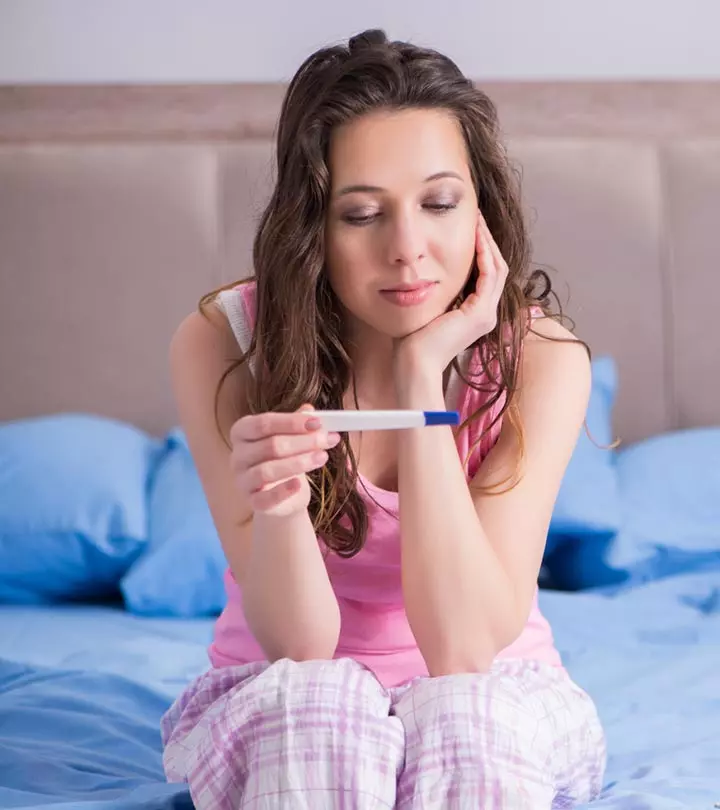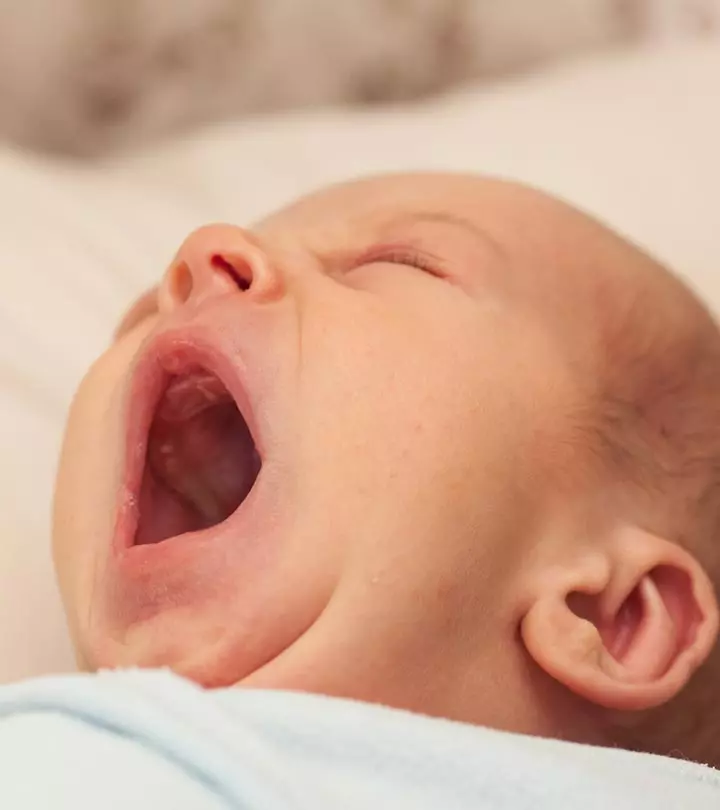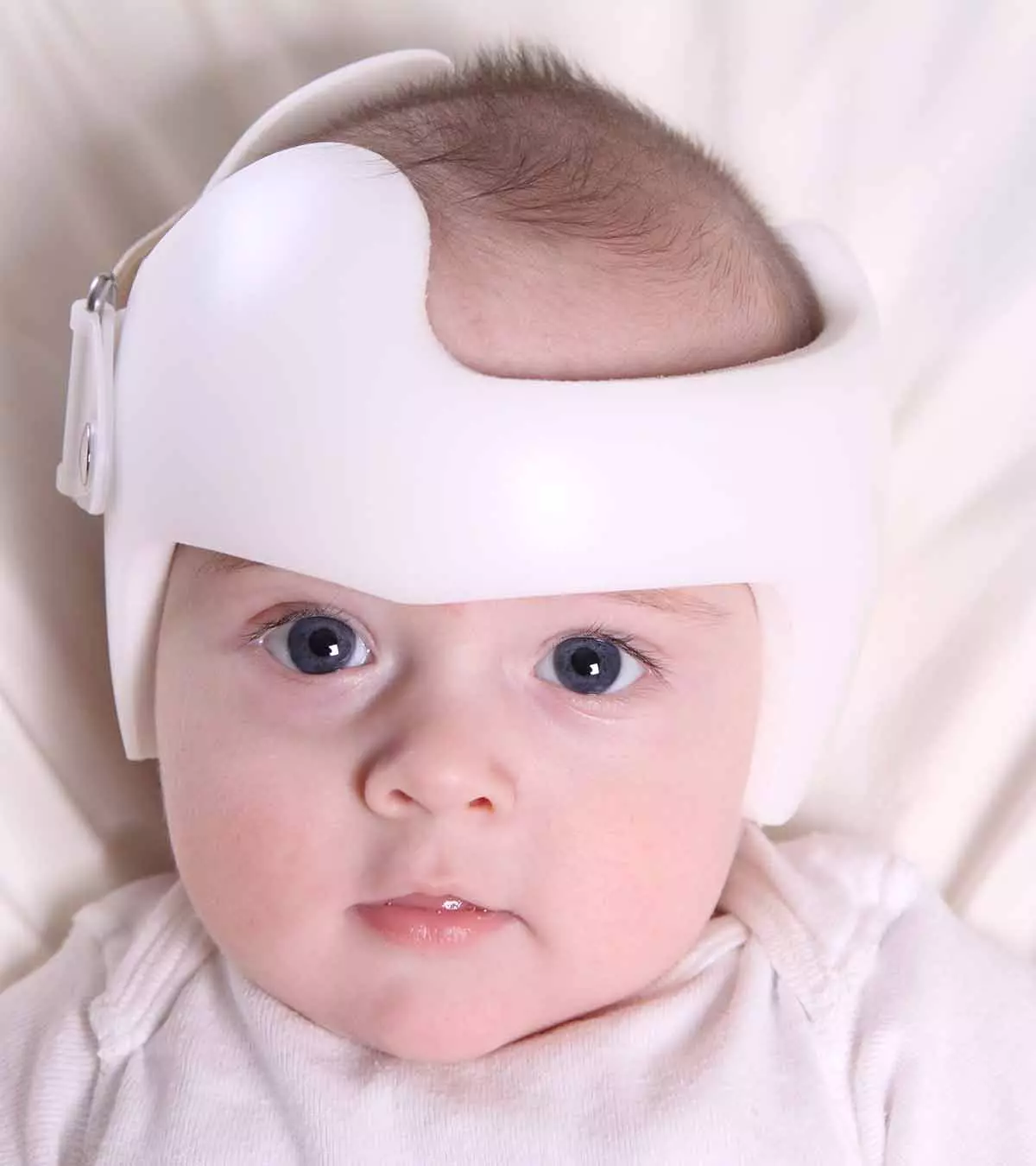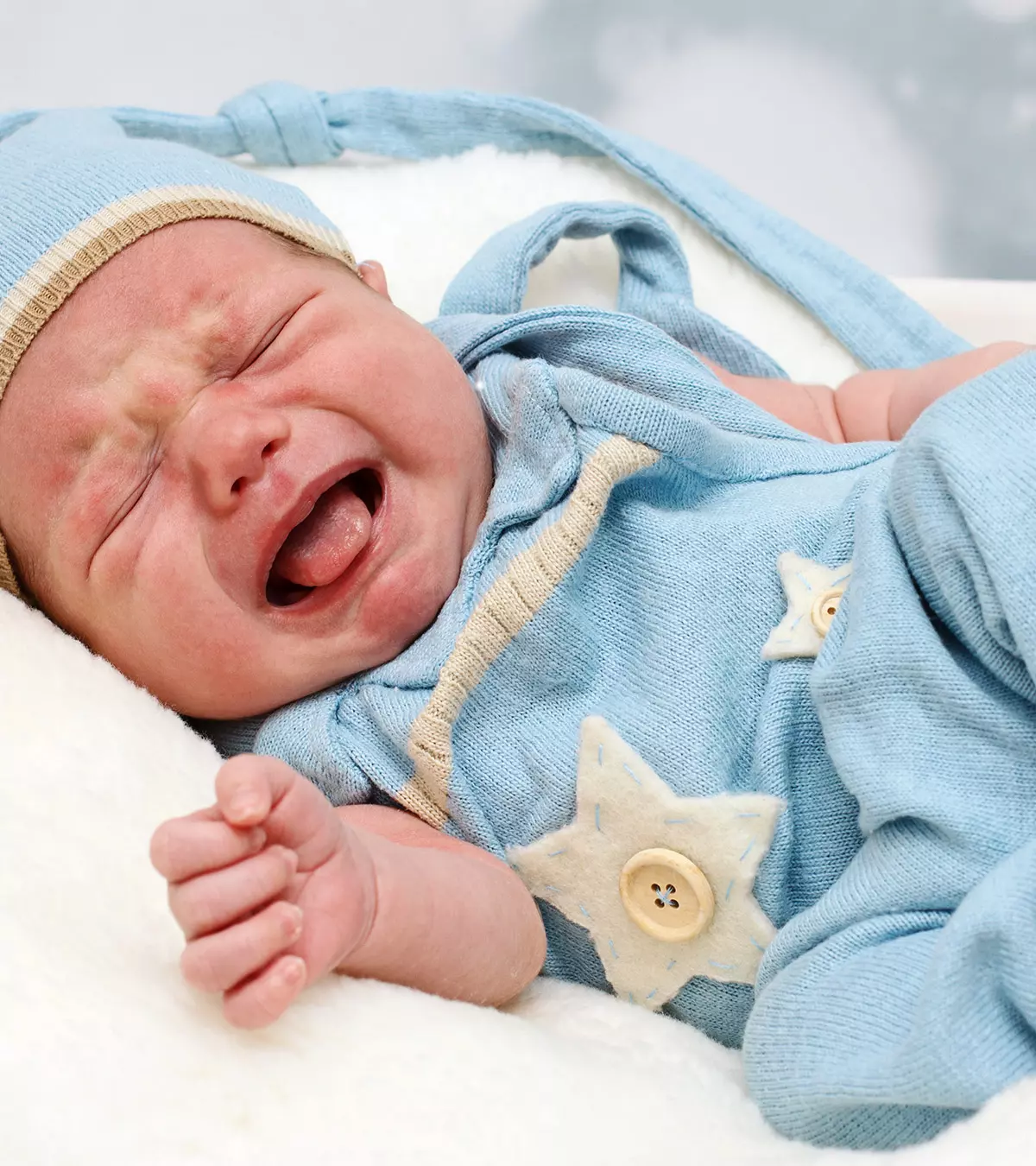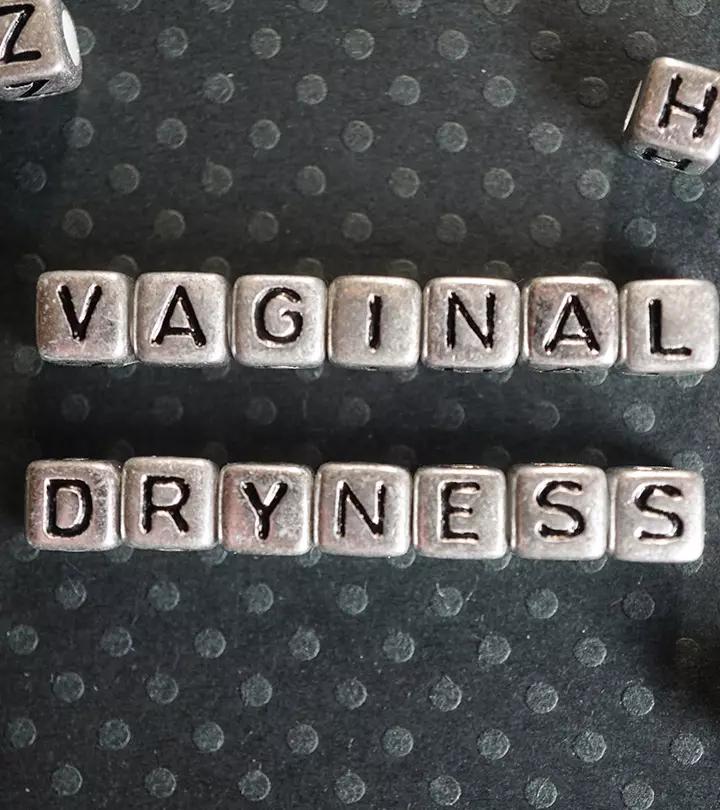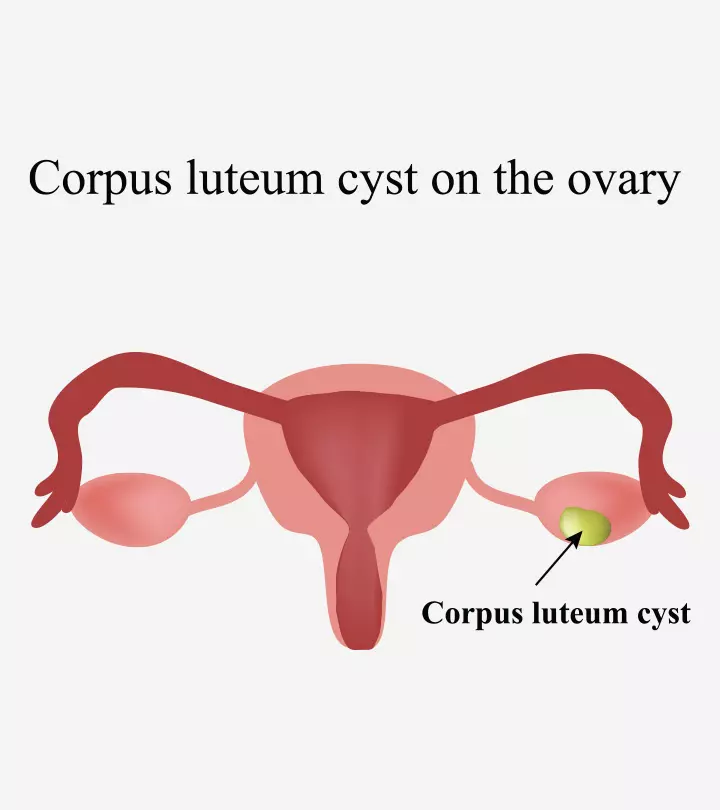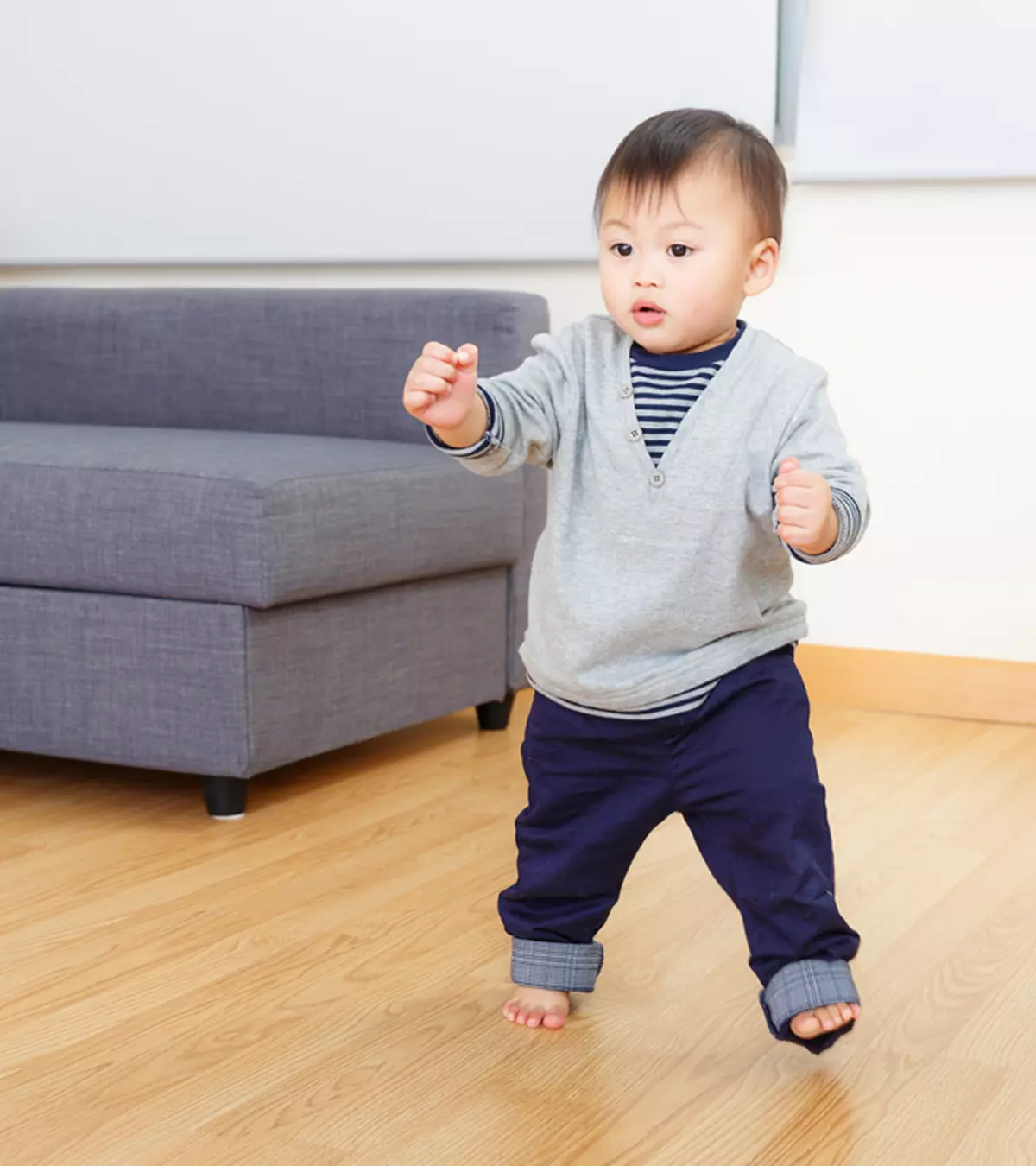
Image: Shutterstock
Intrauterine insemination (IUI) is an infertility treatment where specially prepared sperm is inserted into the uterus with the help of a catheter. It is not unusual to experience cramping after IUI, especially during ovulation and implantation following the procedure. The pain usually resolves without any medical intervention. However, consult your healthcare provider if you experience any other symptoms such as fever, excruciating ache, or heavy vaginal bleeding after the insemination.
Read this post to learn more about the causes, symptoms, and tips on managing cramps after an IUI procedure.
Key Pointers
- Quit smoking, alcohol, drugs, and some medicines after IUI since they can damage embryonic development.
- Cramping after IUI might be caused by uterine irritation, ovulation, or the implantation of fertilized eggs.
- After IUI, some women may have vaginal spotting or implantation bleeding, along with cramping.
- If you get a fever, abdominal pain, excessive vaginal bleeding, along with cramps after IUI, see a doctor.
What To Expect After An IUI Procedure?

Image: Shutterstock
You may resume regular activities after IUI. In most cases, women can resume intercourse anytime after an IUI procedure. However, doctors may recommend waiting 48 hours before intercourse if a tenaculum forceps is used. As it may cause vaginal bleeding during the procedure.
After IUI, abstain from smoking, alcohol, drugs, and certain medications that could harm embryonic development. Prenatal vitamins, such as folic acid and other supplements prescribed by your doctor, should be taken.
Do a home pregnancy test (urine pregnancy test) 14 days after the procedure, as early tests may give false results due to the hormones used for the fertility treatment. Then, contact your doctor to plan further visits (1).
What Are The Causes Of Cramping After IUI?
Some women experience cramping during the IUI procedure due to catheter insertion through the cervix, which may resolve once the catheter is removed. Cramping after IUI can also be caused by the following factors (1):
- Uterine irritation because of catheter insertion may cause mild cramping and uneasiness after IUI. However, a few women may experience severe cramping.
- The procedure is done during the ovulation period, and ovulation can also cause cramps. Medications are administered to increase the number of ova (eggs), which may cause more pain than usual.
- The fertilized egg’s implantation can cause cramping. It may occur after ovulation, and it can also cause mild spotting and breast tenderness in some women.
Some women may also experience menstrual cramps a few days after the IUI procedure if it is not successful.
However, not all cases of uterine cramps after IUI are due to the procedure. Hence, look for other symptoms and the onset of cramps to determine the reason. Tracking any new symptoms that appear is important, as they can offer valuable insights to your healthcare provider.
 Point to consider
Point to considerWhat Other Symptoms Appear With IUI Cramps?

Image: Shutterstock
Most women may not develop other symptoms with cramps after an IUI, while a few experience vaginal spotting or implantation bleeding about six to twelve days later when the ovum gets fertilized and implanted. The other symptoms of implantation are similar for normal pregnancy and pregnancy after IUI.
Waiting for the result can be stressful and emotional for many women. However, it is recommended to stay calm and avoid stress during this stage.
How To Manage Cramps After IUI?
The following remedies used for relieving regular menstrual cramps can also help alleviate cramping after IUI.
- Get enough rest

Image: Shutterstock
- Wear comfortable clothes
- Use over-the-counter pain relievers in case of severe cramps. Confirm with your doctor whether the medication is safe for pregnancy.
- Use a warm towel or hot water bottle as a warm compress on the belly. However, avoid hot baths and sitting in saunas or hot tubs since this may increase the body temperature and hinder fetal development.
Although cramps may occur after IUI, most women can do their daily activities without much discomfort. Bed rest is not required after IUI. In fact, experts recommend adequate physical activity to reduce cramps and stress while awaiting the procedure results.
 Things to know
Things to knowWhen Should You See A Doctor?
Contact your fertility doctor for any concerns and queries after the procedure. Further, seek medical care if any of the following symptoms develop after the IUI.
- Fever
- Abnormal vaginal discharge
- Heavy vaginal bleeding
- Abdominal pain
These symptoms can indicate infection; hence, seek prompt medical care to prevent further complications.
Frequently Asked Questions
1. How soon does implantation happen after IUI?
In an IUI procedure, implantation will likely happen within 6 to 12 days. Hence, the doctor suggests taking a home pregnancy test 14 days after the insemination (1).
2. How long does it take IUI sperm to reach the egg?
IUI fertilization can occur a few hours or days after the process is complete. However, the timing cannot be guessed or predicted as it depends entirely on how long the egg lasts and how fast the sperm reaches the egg.
3. Is IUI successful on the first try?
The success of an IUI procedure depends upon various factors such as the woman’s age, the thickness of the endometrium, LH concentration, size and the number of follicles, and TMF as the male factor. According to a study, the procedure’s success rate is much higher among women under the age of 25 than among women aged above 35 (3).
It is not uncommon for women to experience cramping after an IUI procedure. Mostly, it resolves without treatment, and women can soon return to doing their usual activities. During an IUI pregnancy, women may misinterpret cramping after IUI to be a symptom of implantation. However, only a blood test can confirm pregnancy. Uterine cramps a few days after IUI may indicate menstrual cramps. See your doctor if you notice any other unusual symptoms such as fever or heavy bleeding along with cramping.
Infographic: Notable Facts About Cramping After IUI
Intrauterine insemination (IUI) can cause cramping due to uterine irritation or ovulation. Cramping does not affect the procedure’s success rate since it is not an indicator of implantation. Go through the infographic to learn more about cramping after the IUI procedure. Illustration: Momjunction Design Team
Illustration: Cramping After IUI: Causes Symptoms And How To Manage It
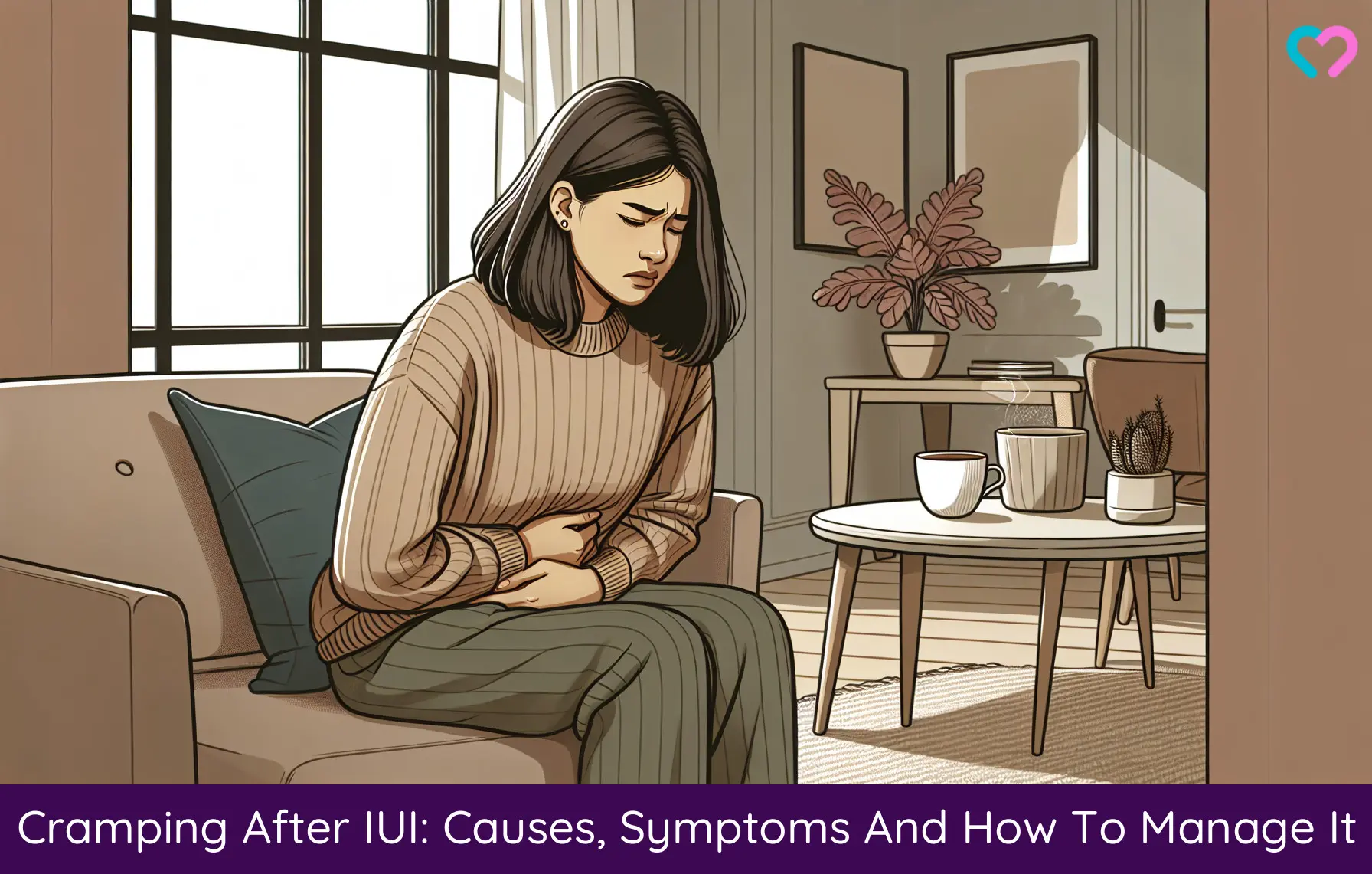
Image: Dall·E/MomJunction Design Team
Cramping after an IUI procedure is common, however, a low sperm count can harm the success of the procedure. Learn more about the reasons for cramps by watching this video.
References
- IUI Basics.
https://health.usf.edu/-/media/Files/Care/Patient-Resources/OBGYN/IVF/IUI-Basics-Handbook-IVF.ashx?la=en&hash=4458FC3C489581EABF9A0B7E1B798C8685048D42 - Cramping After IUI: Is It Normal?
https://fertility.nm.org/intrauterine-insemination.html - M. Schorsch et al.; (2013); Success Rate of Inseminations Dependent on Maternal Age? An Analysis of 4246 Insemination Cycles.
https://www.ncbi.nlm.nih.gov/pmc/articles/PMC3859121/
Community Experiences
Join the conversation and become a part of our nurturing community! Share your stories, experiences, and insights to connect with fellow parents.
Read full bio of Dr. Tamami Chowdhury
Read full bio of Dr Bisny T. Joseph
Read full bio of Rebecca Malachi
Read full bio of Reshmi Das








